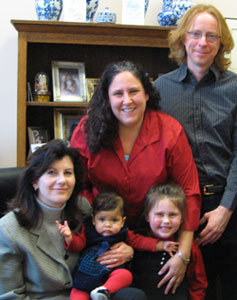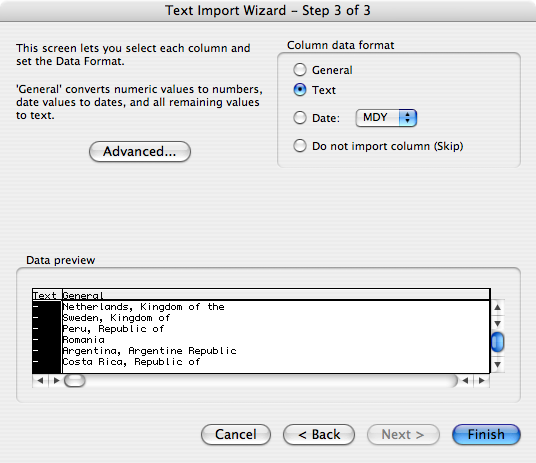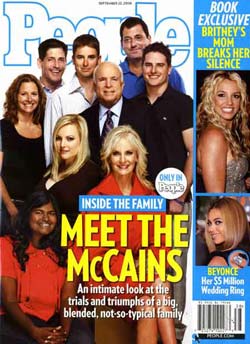Seeking JavaScript Help
Published 16 years, 11 months pastEven though it turned out that there is no simple solution for the math problem I posted, I learned a fair amount from the fantastic responses—thanks, everyone!—and eventually came up with a solution that worked for me. (I’d like to say it was one of the iterative approaches posted, but none of them worked for me. In the end, I brute-forced it.) I’m hoping for a different outcome with my next question, which is about JavaScript.
Consider the following structure, which is a much-edited-down version of part of the HYDEsim code:
function Detonation(name,lat,lon,yield) {
var scale = Math.pow(yield,1/3);
var gz = new GLatLng(lat,lon);
this.name = name;
this.lon = lon;
this.lat = lat;
this.gz = gz;
this.yield = yield;
this.overpressure = {
p30 : 0.108 * scale,
p15 : 0.153 * scale,
p10 : 0.185 * scale,
p5 : 0.281 * scale,
p1 : 0.725 * scale
};
this.psi30 = {
radius: 0.108 * scale,
overlay : {
points: makePoints(this.gz,0.108 * scale)
}
};
this.psi15 = {
radius: 0.153 * scale,
overlay : {
points: makePoints(this.gz, 0.153 * scale)
}
};
this.therm20 = {
radius: thermDist(20,this.yield,0.33,conditions.visibility),
overlay : {
points: makePoints(
this.gz,
thermDist(20,this.yield,0.33,conditions.visibility)
)
};
// ...and so on...
}
There are two things I’ve tried and failed to do. And tried, and tried, and tried; and failed, and failed, and failed.
- Eliminate the redundant calculations of radii. Note how I define a radius property in each case? And then have to not use it when I create the overlay? It seems like there must be a way to just define the value once for each subsection and then use it as many times as needed within that context. How?
- How do I make it so that all those properties and overlays and such automatically recalculate any time one of the “upper-level” terms changes? As in, once I’ve created a new Detonation object
det, how can I set things up so declaringdet.yield = 250;will trigger recalculation of all the other pieces of the object? At present, I’m just blowing away the existingdetand creating a whole new one, which just seems clumsy and silly. I have to believe there’s a better way. I just can’t find it.
Please note: tossing off comments like “oh, just instantiate a mixin constructor with an extra closure” will be of no help at all, because I don’t understand what those terms mean. Hell, I’m not even sure I used the words “object” and “property” correctly in my explanation above. Similarly, pointing me to tutorials that use those terms liberally is unlikely to be of help, since the text will just confuse me. Sample code (whether posted or in a tutorial) will help a great deal, because it will give me something to poke and prod and dissect. That’s how I’ve always learned to program. Actually, it’s how I’ve always learned anything.
As well, I’m absolutely willing to believe that there are much, much better ways to structure the object, but right now I really need to learn how those two things are accomplished in the context of what I already have. Once I get familiar with those and finish up some other work, I can start thinking about more fundamental overhauls of the code (which needs it, but not now).
I really appreciate any concrete help you can give me.
Addendum: if you leave code in a comment, please just wrap it in a code element and use whatever indentation you like. The indentation won’t show up when the post goes up, but I’ll go in after and wrap the code in a pre and then everything will be fine. Sorry to those who’ve already gone to the effort of posting with indents or nbsp entities to try to preserve indentation! As soon as I can dig up the right preference panel or plugin to allow pre in comments, I’ll do that, but for now I’ll manually edit in the needed pres as comments are added. THanks, and again, apologies to those who posted before I made this clear!



